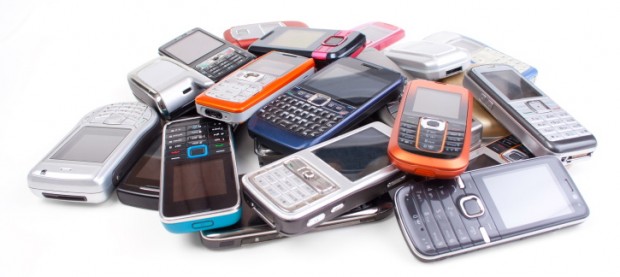
A new Pew Research survey of more than 2,400 middle school and high school teachers released today shows that, while teachers believe technology has helped with their teaching, it's also brought new challenges -- including the possibility of creating a bigger rift between low-income and high-income students.
A few highlights from the report:
- While 92% of these teachers say the internet has a “major impact” on their ability to access content, resources, and materials for their teaching, 75% say the internet and other digital tools have added new demands to their lives by increasing the range of content and skills about which they must be knowledgeable. And 41% report a “major impact” by requiring more work on their part to be an effective teacher.
- 73% of AP and NWP teachers say that they and/or their students use their mobile phones in the classroom or to complete assignments, and 45% report they or their students use e-readers and 43% use tablet computers in the classroom or to complete assignments.
- Overall, 62% of AP and NWP teachers feel their school does a “good job” supporting teachers’ efforts to bring digital tools into the learning process, and 68% say their school provides formal training in this area. (But that's the average -- there's a bigger discrepancy when those numbers are broken down between high-income and low-income schools). Still, 85% of these teachers seek out their own opportunities to learn new ways to effectively incorporate these tools into their teaching.
- Despite their heavy tech use, 42% of AP and NWP teachers say their students usually know more than they do when it comes to using new digital technologies. Just 18% feel they know more than their students. This is despite the fact that over half of AP and NWP teachers (56%) are “very confident” when it comes to learning how to use the latest digital tools, and another 39% say they are “somewhat confident.”
THE DIGITAL DIVIDE
- A large majority of these teachers (84%) agree to some extent with the statement that “Today’s digital technologies are leading to greater disparities between affluent and disadvantaged schools and school districts.” However, asked whether today’s digital technologies are narrowing or widening the gap between the most and least academically successful students, 44% say technology is narrowing the gap and 56% say it is widening the gap.
- These teachers see disparities in access to digital tools having at least some impact on their students. More than half (54%) say all or almost all of their students have sufficient access to digital tools at school, but only a fifth of these teachers (18%) say all or almost all of their students have access to the digital tools they need at home.
- Access to devices is noticeably different between higher and lower and income schools. More than half of teachers -- 55% -- of higher income students say they or their students use e-readers in the classroom, compared with 41% teaching in low income areas. And 52% of teachers of upper and upper-middle income students say their students use cell phones to look up information in class, compared with 35% of teachers of the lowest income students.
- Apart from access to devices, knowing how best to use them is also a problem for low-income students. The survey showed that 39% of AP and NWP teachers of low income students say their school is “behind the curve” when it comes to effectively using digital tools in the learning process; just 15% of teachers of higher income students rate their schools poorly in this area.
- And when it comes to blocking sites, 49% of teachers of students living in low income households say their school’s use of internet filters has a major impact on their teaching, compared with 24% of those who teach better off students who say that.
- In the same vein, 33% of teachers of lower income students say their school’s rules about classroom cell phone use by students have a major impact on their teaching, compared with 15% of those who teach students from the highest income households.
Read the full report here.

